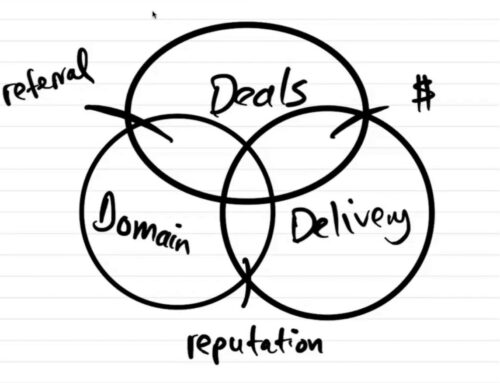Habits and Practices to Successfully Woo the Masses with Adam Cuppy
Today’s episode of CTO Studio is covering a topic near and dear to my heart: habits and practices to successfully woo the masses. And there’s no one who knows more about this topic than our guest Adam Cuppy of Zeal.
On this installment of CTO Studio, Adam and I talk about his tips for speaking and presenting while adding in some theatrics for greater audience engagement. We also discuss how to check in with the room while you’re speaking and how habits, practices and routines can actually create more confidence in your team. Join us for those subjects and more on today’s CTO Studio with Adam Cuppy.
In this episode, you’ll hear:
- What is mechanical confidence?
- What do the experts in the world all have in common?
- Confidence is belief plus what?
- What is the “if this” interactive routine?
- Why his team uses the 10/10/10 structure for their one on ones.
- And so much more!
Adam is the co-founder and chief operating officer of Zeal. He started as an actor over 20 years ago. In fact, his entire education has nothing to do with technology, it is all in theater performance!
I was curious to know how that has helped him close deals? More than anything it is the interaction. He never shies away from people: he loves interacting with them, having conversations and getting in front of them to present. He doesn’t get unnerved talking about budgets and other difficult conversation topics.
And that comes from having a process, something he has taken from his acting experience and applied to his tech life. A lot of actors have a process to help them memorize their lines and develop their characters so that when it comes time to perform they are ready and perform at their best.
Which leads into another question: as tech people, what can we do to make our presentations better? Adam says the right starting point is to believe in what you are saying. You have to believe that what you are presenting has value to the people in front of you.
The other thing is not to think of your presentation as a lecture, but think of it as a conversation. As an actor he believes the same rules apply: there is a symbiotic relationship between the performer and the audience. The performers feed as much off of the audience as the audience feeds off of the performers.
The same rules can apply when you are presenting to your clients and your team. He makes his talks intentionally interactive, part of that is to get people activated. Most of his talks start with some sort of physical engagement like a sit and stand, or he’ll ask people to put their laptops away and move in closer.
So that allows for the physical trigger to happen: everyone is acknowledging the relationship and interaction happening now. Then Adam says it becomes his job to read the room regularly and see how the audience is responding.
One of his strategies to checking in with the room is the “sprinkler technique”: he’ll slowly move his eyes across the room and try and pick up on people’s reactions and engagement levels. Are they confused or are they understanding the material? Are they thinking a lot and he needs to slow down? From his observations his talk evolves in real-time to what his happening with his audience.
We also discuss how you build mechanical confidence. Routine becomes the trigger: the first thing he recommends is creating a structure you are confident in and then stick with that presentation or that model for awhile.
If you do round-table discussions then continue doing those for a period of time. You can even sit in the same spot if you want – just create a pattern to follow and that will evolve into a degree of mechanical confidence.
But what do you do if you have to present in a different setting? How do you create mechanical confidence then? He gives presentations around the world: sometimes they are for groups of 100 and other times they are groups of thousands.
As a result, he has to create the same automatic energetic return no matter the size of the audience. He has a routine he does every single time before he gives any talk: some of it comes from his acting training (like breathing exercises, tongue twisters, sometimes it is jumping jacks to get the blood flowing).
But beyond the physical piece is the psychological response: he has to get his mind in the right zone so he isn’t focusing on the differences from his typical routine. So if he has been accustomed to speaking around a table but this time he is in a lecture hall, he isn’t focused on the difference of not being at a table/being in a lecture hall.
We go on to discuss the “if this” interaction as well as other ways to keep your audience engaged and why creating routines with your team will create more confidence and deeper relationships. Finally, we wrap up with a discussion about what is unique about Zeal on today’s CTO Studio.
Episode Resources:
Zeal’s web site https://codingzeal.com/
Adam Cuppy on Twitter https://twitter.com/adamcuppy?lang=en
Adam Cuppy on Instagram https://www.instagram.com/acuppy/
Share This Story, Choose Your Platform!
Related Podcasts




